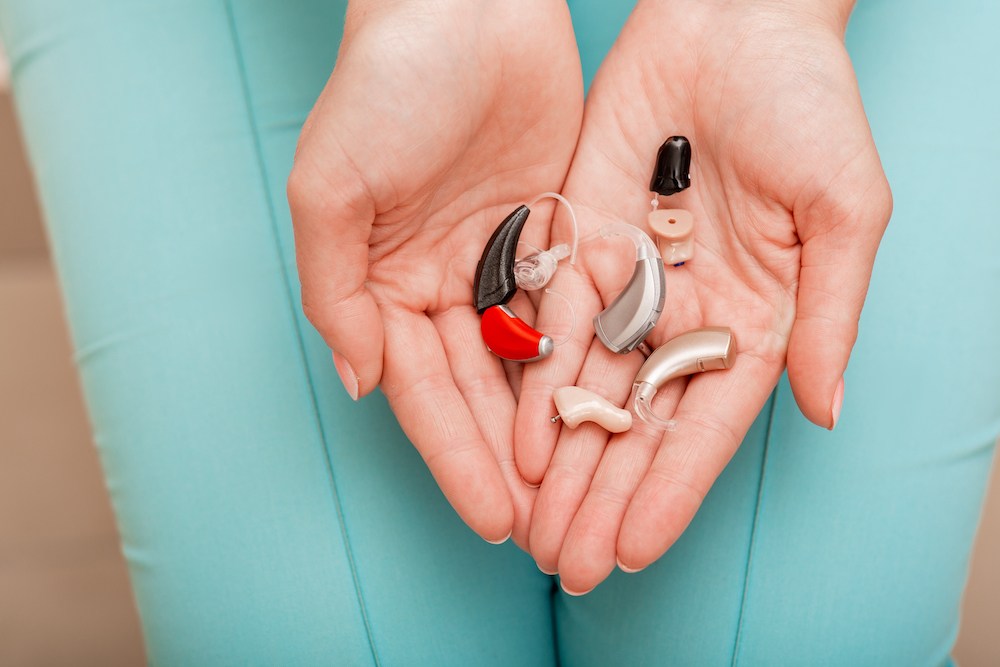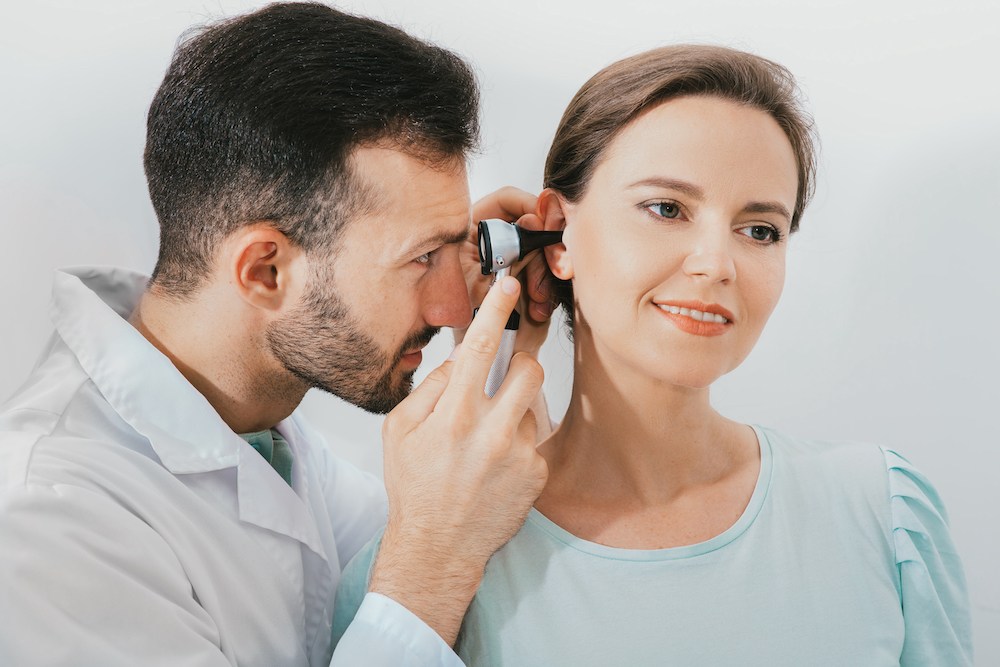How Hearing Tests for Children Differ from Adults
When it comes to checking hearing, children and adults require different


When it comes to checking hearing, children and adults require different

Allergies often bring familiar problems like a runny nose, watery eyes and

When you visit an audiologist for a hearing evaluation, you’ll